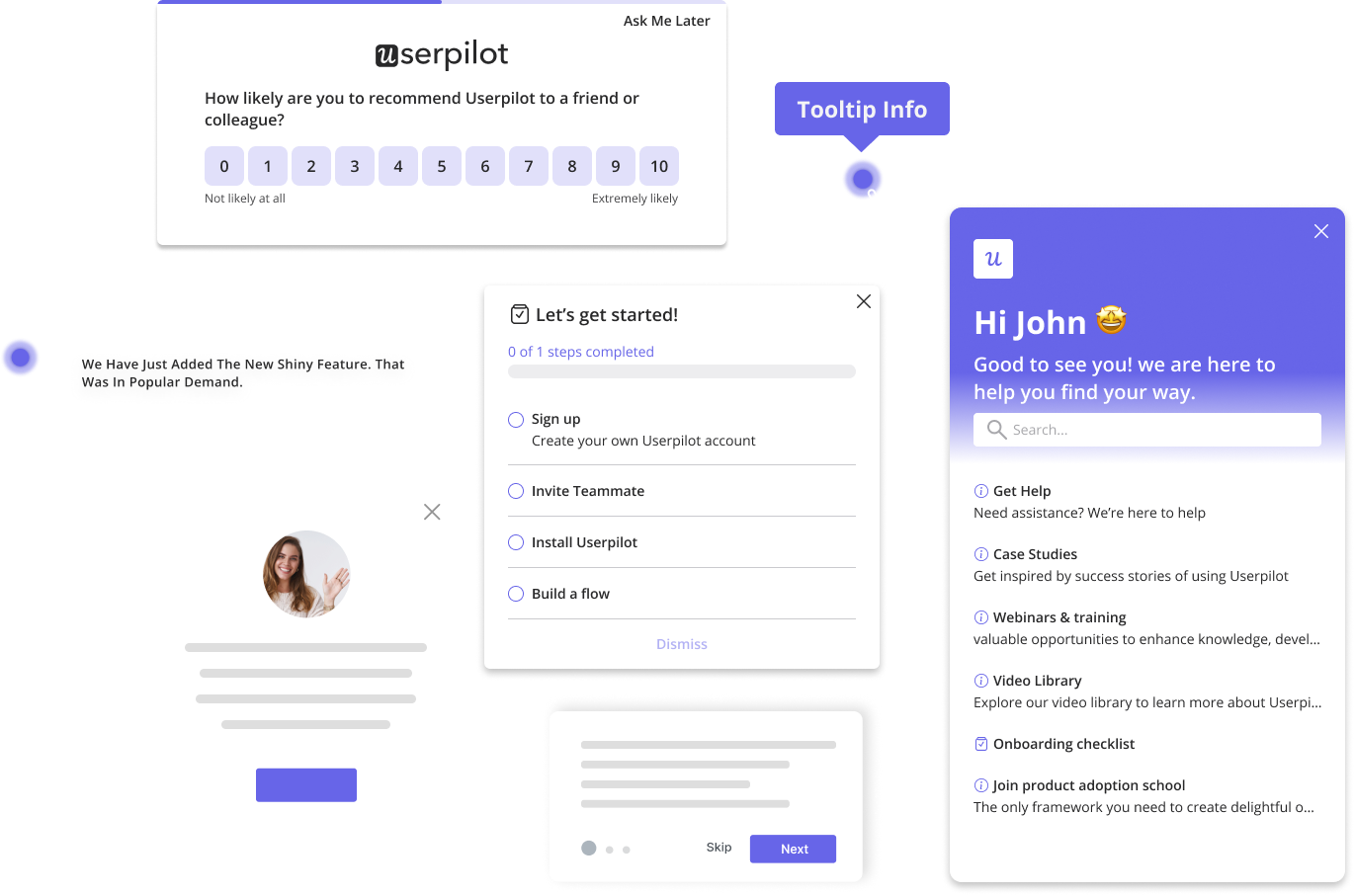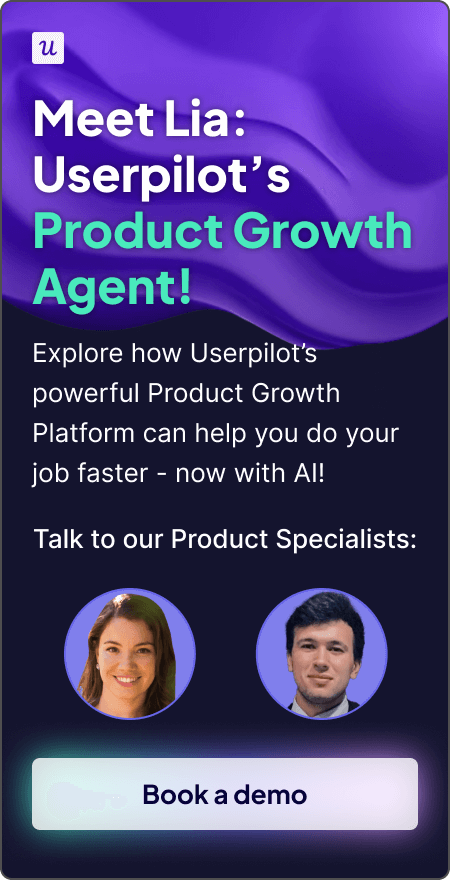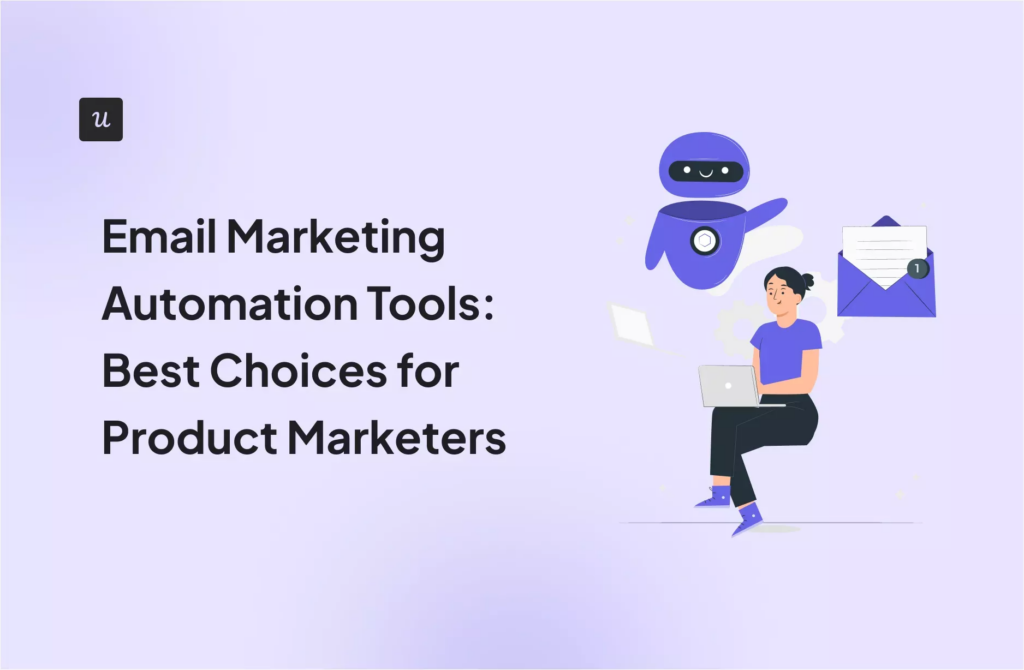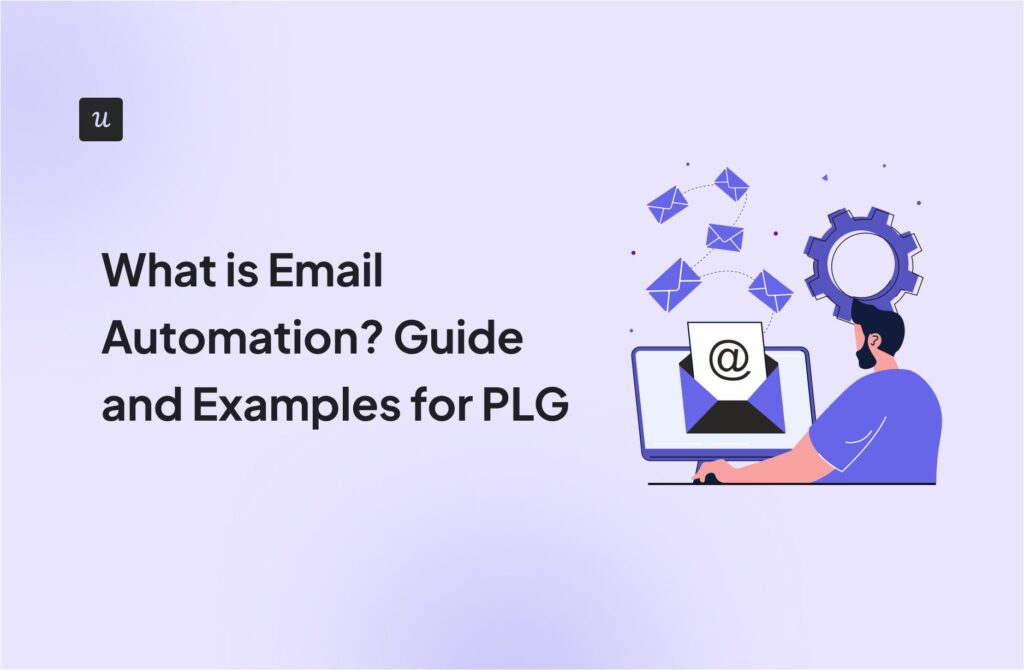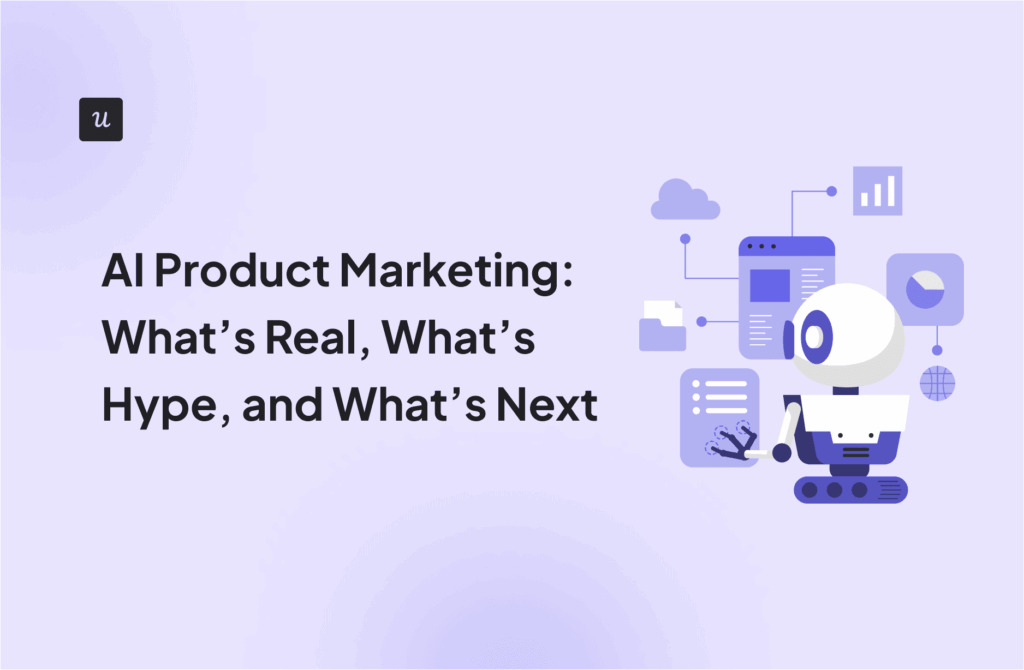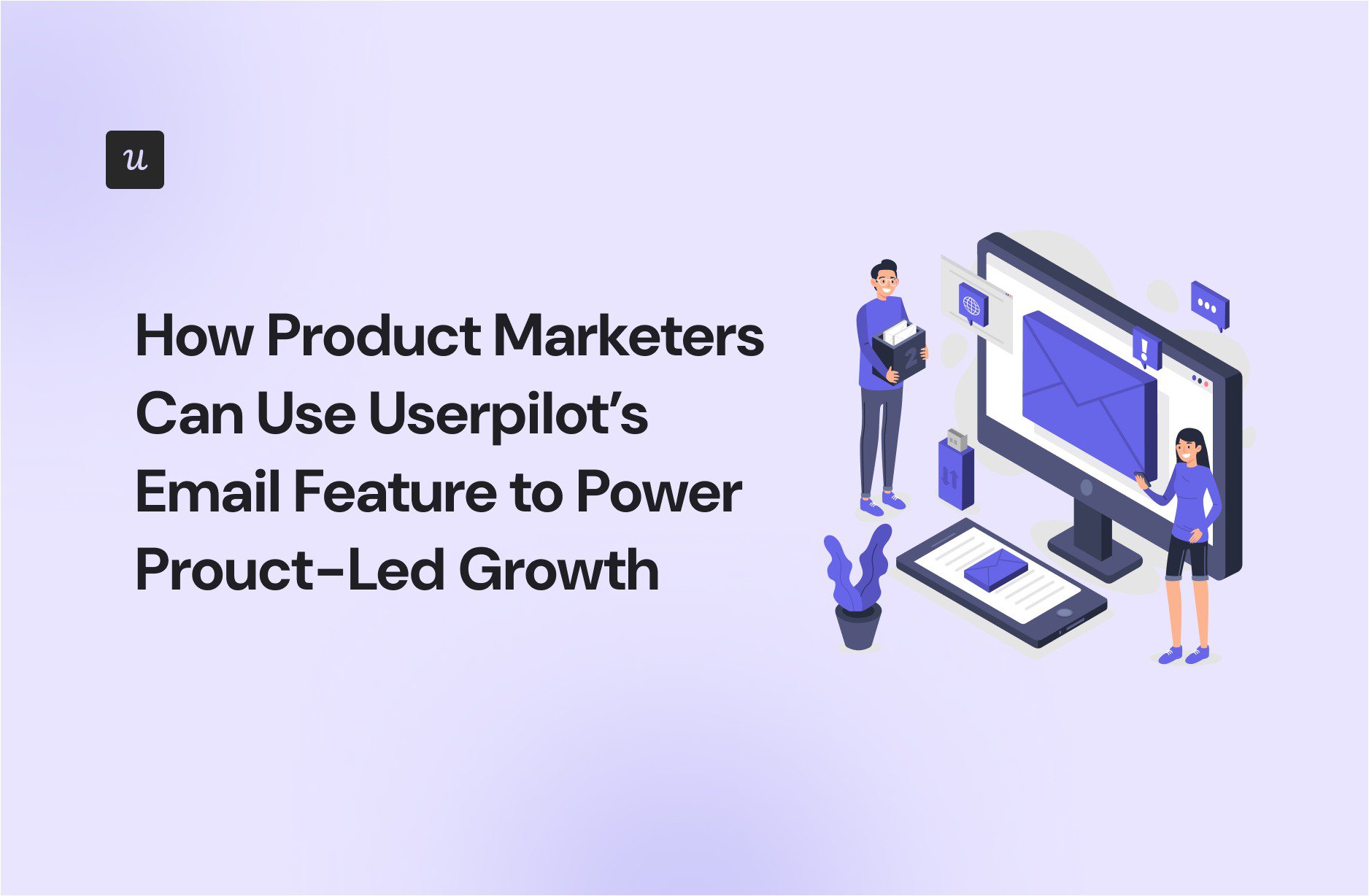
How Product Marketers Can Use Userpilot’s Email Feature to Power Product-Led Growth
Product-led growth thrives on real-time customer communication. Instead of blasting generic emails, product marketers in PLG companies aim to send highly contextual campaigns that reflect what users are actually doing inside the product.
But PMs in a 2024 study by Product Marketing Alliance admitted to using separate tools for these processes.
This siloed workflow drains your team’s energy and causes you to miss high-impact user activation or retention moments.
That’s exactly what Userpilot’s email feature is built for; it connects directly to live product usage data and lets you trigger highly personalized, automated, and multi-touch user journeys from one code-free workspace.
Let’s explore how this unified approach can drive deeper engagement and faster conversions.
Try Userpilot Now
See Why 1,000+ Teams Choose Userpilot
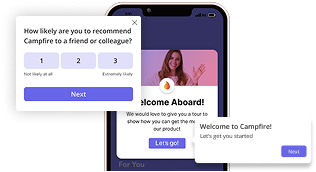
The challenge: How current tools limit product-led growth
Most product marketers dedicate just 15% of their marketing budgets to software tools.
The rest goes into advertising, content creation, competitor research, and everything else needed to move the needle.
So when you’re paying separate subscriptions for an email platform, an in-app messaging tool, and a product analytics solution, costs add up fast and leave little room for other initiatives. Depending on your stack, this can easily reach $2,000 to $10,000+ per month.
A unified platform that combines all three helps you control costs, reduce overhead, and free up budget for high-impact work.
But the real problem isn’t just the budget drain.
It’s what you’re missing when your customer data lives in silos. In my experience, there are three core downsides:
- Disjointed user experiences.
- Generic blasts and missed conversion windows.
- Overburdened teams and sluggish campaign cycles.
And I’m not alone in seeing these effects. According to Forrester, teams with fragmented data spend up to 2.4 hours every day just searching for the right information, and 31% of them report lost revenue due to delayed access to customer data.
Before we dive into the solution, let’s take a closer look at each of these three downsides:
Disjointed experiences from real-time in-app behavior
Customers are drawn to personalized experiences because they make their journey smoother and faster. In fact, Gartner reports that over 70% of users expect personalization, and 76% get frustrated when it’s missing.
Beyond frustration, disjointed experiences erode trust and slow adoption.
For example, imagine a user completes a new feature tutorial in-app, only to receive an email the next day prompting them to try that same feature “for the first time.”
Messages like that leave users confused. And if it happens repeatedly, they’ll start ignoring future emails altogether, which closes the door on opportunities to engage and guide them.
Generic blasts and missed conversion windows
Let’s say a user starts your new onboarding flow but drops off at step three. You want to nudge them with a helpful email to keep going, but the segment you exported two days ago no longer reflects where they are in the journey.
So what happens?
You end up sending the same message to everyone who once met a condition, rather than to the users who still need help.
Delays like this mean missed opportunities to drive feature adoption, recover trial users, secure account renewals, and move users toward activation at just the right moment. It’s no surprise that Deloitte’s 2024 personalization report found companies that prioritize personalized experiences see up to 48% higher revenue than those that don’t.
Overburdened teams and slow campaign velocity
Product marketing velocity suffers greatly when teams depend on engineering and data colleagues to access or act on customer data.
PMs who don’t have direct access to unified, real-time user insights often need to file Asana or Jira tickets, wait in data request queues, or chase down internal approvals just to implement basic segmentation or event triggers.
Let’s say you want to launch a feature announcement to users who haven’t engaged with a beta feature. In a siloed organization, you’ll need:
- Engineering to track the event.
- Data to define the segment.
- Marketing ops to sync it with your email tool.
By the time it’s live, the moment of maximum impact may have passed. These slow handoffs create drag, kill momentum, and stop you from launching the right message at the right time.
The solution: Drive product-led growth through integrated user journeys
Userpilot is an all-in-one product growth platform that lets you collect real-time product usage data and build multi-channel engagement flows across web, mobile, and email.
This eliminates the hidden costs of a fragmented stack and frees you to focus on activating users and boosting retention.
Here’s how it works:
Build integrated engagement flows
Deloitte reports that companies implementing personalization are 71% more likely to see increased customer loyalty.
Userpilot provides the tools to help you enjoy this and many more engagement benefits. Without writing a line of code, you can build interconnected flows that address user needs at each touchpoint in their journey.
And because you’re working with a single source of truth, you eliminate inconsistent messaging, manual coordination, and the wasted effort of switching between disconnected tools.
To make campaign creation even faster, Userpilot offers customizable email templates you can tweak in minutes. If you want full control, you can use the drag-and-drop interface to build emails from scratch and save your own templates for reuse.
Additionally, Userpilot lets you connect email engagement with actual product usage data, such as feature adoption, funnel drop-offs, and retention trends.
Here’s an example of how detailed those insights can be:
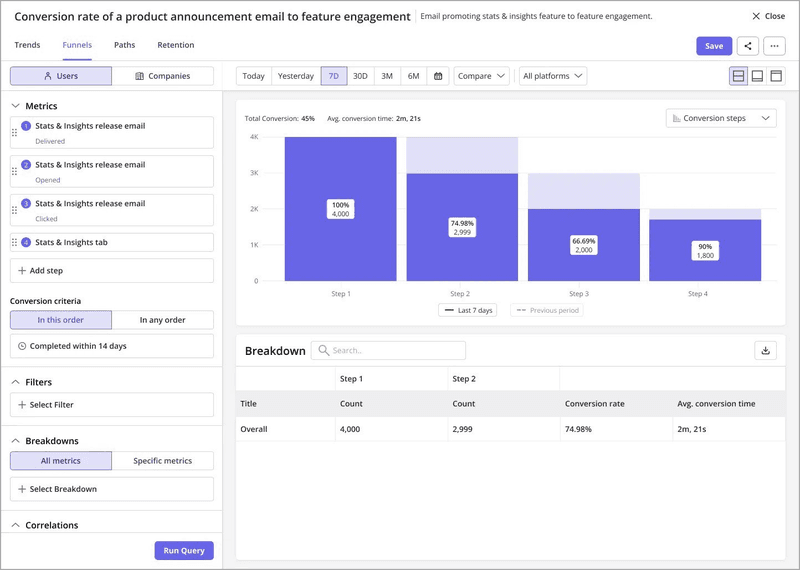
Trigger hyper-personalized emails based on real-time user behavior
Userpilot’s email feature lets you engage users based on what they do, not just who they are.
Instead of relying on broad, static segments like “All trial users” or “Active customers in Q2,” you can get laser-specific with your targeting.
For example, you can set automated emails to trigger when a user:
- Completes your onboarding process but hasn’t activated a core feature within 3 days.
- Upgrades to a paid plan, but hasn’t explored premium functionality.
- Starts a workflow but drops off before completing a key step.
With this level of precision, you rarely miss opportunities for timely interventions, support prompts, or feature nudges. Your email is sent the instant product usage data flags the right user behavior (or lack of it).
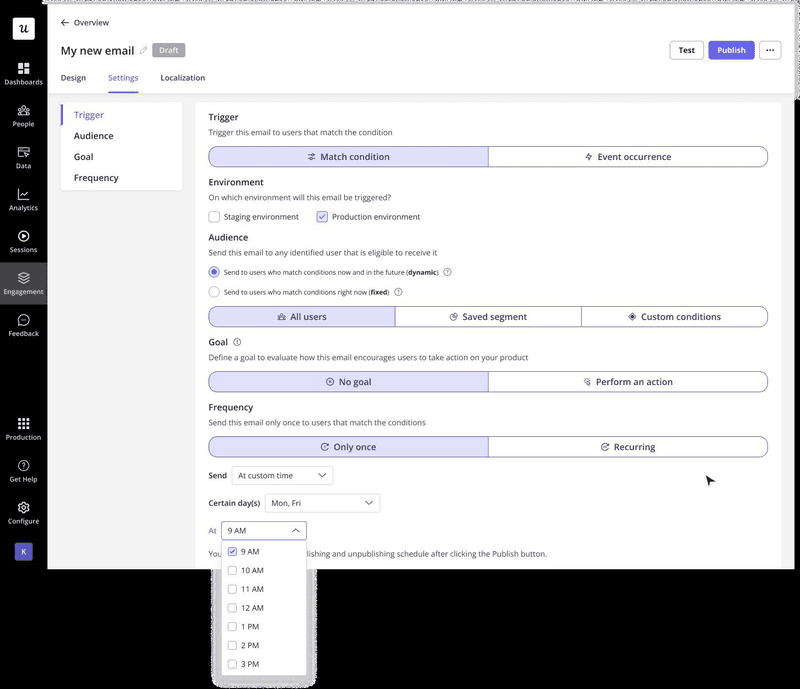
Userpilot also lets you implement AI-driven content localization.
A campaign written in one language risks confusing, alienating, or simply missing users who would otherwise engage. CSA research found that 65% of users prefer content in their native language, and two in three customers are willing to pay 30% more for a localized experience.
Userpilot’s localization tool addresses this core user need effortlessly. Without building separate campaigns, you can create personalized emails in over 30 popular languages in minutes. You can also import manual translations if you already have them prepared.
Empower and enable your team with a powerful, no-code workspace
The global no-code market has been on a steady rise since 2018 and is projected to grow at a 30.3% CAGR in the coming years. This growth is driven largely by adoption among non-technical teams, and the benefits are clear. For example, 90% of companies in Zapier’s report said they grew faster thanks to no-code tools.
This happens because empowering non-technical team members removes bottlenecks, speeds up decision-making, and allows them to experiment and act without waiting on engineering or data teams.
Userpilot helps facilitate this. Its no-code capabilities let your team create segments, build multi-channel flows, and launch campaigns in minutes.
For example, imagine you’re rolling out a new feature and want quick feedback from a select group of power users. With Userpilot, you can:
- Create a segment based on engagement level, subscription type, or specific in-product actions.
- Build an in-app modal inviting them to test the feature.
- Send a follow-up email to users who showed interest but didn’t engage.
- Trigger an in-app tutorial the moment a user clicks the email CTA leading to your product.
- Track adoption to see how many email recipients completed the onboarding and used the feature in their daily tasks.
- Collect feedback across channels, ensuring users who respond in-app aren’t pinged with redundant mobile or email reminders.
With everything in one workspace, you keep momentum high, reduce friction, and create a user experience that feels seamless across every touchpoint.
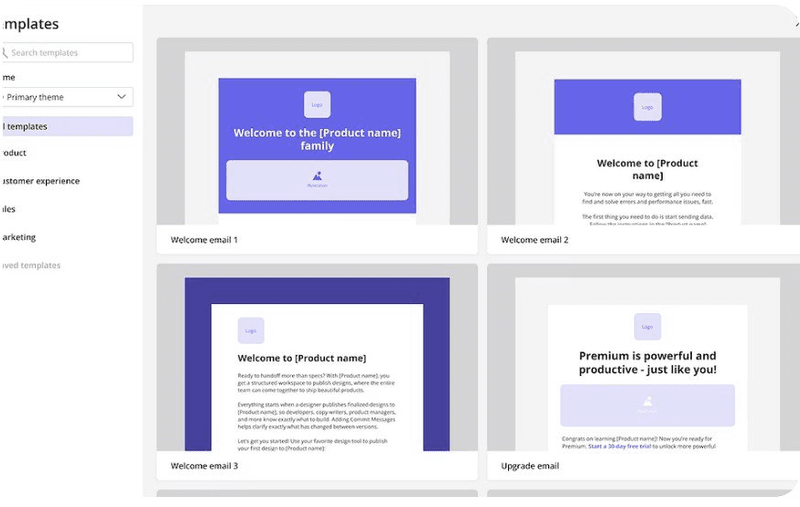
Streamline in-product email management with Userpilot
Many times, the difference between a user adopting your product and drifting away is the timing, context, and personalization of your messages.
Userpilot’s email feature brings all three into one place. With a unified workspace, you can plan, launch, and analyze multi-channel campaigns that speak directly to user behavior, all without leaving the platform. This helps you avoid juggling tools, chasing down data exports, or missing the moment when a user is most ready to act.
Want to see Userpilot in action? Book a demo call with our team today!

